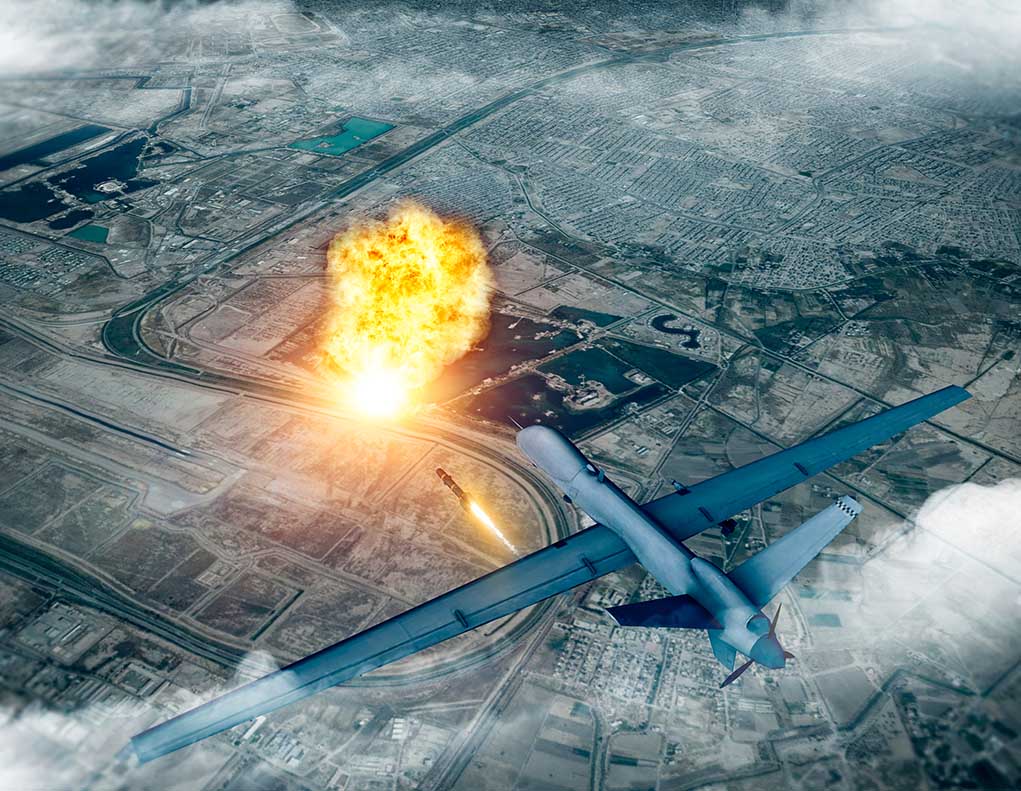The complexities of hybrid warfare challenge traditional military defenses, as recent events illustrate the increasing use of tactics like drones and sabotage to achieve strategic goals.
Understanding Hybrid Warfare
Hybrid warfare integrates conventional and unconventional tactics, blending regular military operations with irregular methods such as guerrilla warfare, drones, and terrorism. Its complexity lies in its ability to create uncertainty, blurring the distinction between war and peace while exploiting global interdependence. This multifaceted form of warfare is not new, gaining significant attention from NATO since the early 2000s in conflicts like those in Afghanistan and Iraq.
Sabotage by drone is a growing problem inside Russia and is likely to spread elsewhere — my take for Forbeshttps://t.co/hQqVs2SVKE
— David Hambling (@David_Hambling) June 5, 2024
A particular challenge is the spread of hybrid threats to peaceful areas. Notably, Russia’s annexation of Crimea in 2014 and subsequent cyberattacks on the European Union illustrate how these tactics can destabilize regions without overt military engagement. Understanding these tactics is crucial for managing the destabilization they bring to international relations.
The genie is out of the bottle. And even if we have means to easily stop DJI and other industrial made drones from doing something bad, no one can stop an enthusiast who make a one way drone from various spare parts, and maybe even without gps navigation – only rc…
— Rajvosa (@Rajvosa19Sa) June 5, 2024
Recent Hybrid Threat Activities
Recent incidents highlight the growing concerns over hybrid warfare, with mysterious drones appearing over oil rigs and wind farms off Norway’s coast for the past three years. These drones, suspected to be launched from Russian-controlled ships, are believed to be involved in espionage or preparation for potential conflict. Similar sightings over the U.S. East Coast and military bases in England and Germany have raised alarms regarding this warfare.
“Some of it was espionage, where they are charting many things. Some of it, I think, was positioning in case of a war or a deep crisis.” Stale Ulriksen.
Hybrid or “gray zone” attacks involve a combination of military, cyber, economic, and psychological tactics aimed at destabilizing adversaries. States like Russia and Iran increasingly engage in such attacks, challenging defense officials to deter these activities without escalating into full-scale conflict.
Strategic Responses and Challenges
NATO and the European Union are developing new strategies to address hybrid threats. They emphasize unity among NATO members, which is crucial for effective response, yet complicated by the difficulty of attributing responsibility in hybrid warfare. Sanctions and enhanced detection and response capabilities form the backbone of current efforts to counter these threats.
“Russia has stepped it up across the board, and as a result, it is reaching growing concern levels.” – James Appathurai.
The West remains vigilant in identifying and responding to hybrid threats, stressing the need for cooperation and resilience in the face of increasingly sophisticated adversarial tactics. Understanding and adapting to these hybrid tactics is paramount to maintaining national security as the threat landscape evolves.
Sources:
https://www.cidob.org/en/publications/war-all-means-rise-hybrid-warfare
https://www.csis.org/analysis/future-hybrid-warfare
https://www.nytimes.com/2025/01/04/world/europe/nato-attacks-drones-exploding-parcels-hybrid.html
